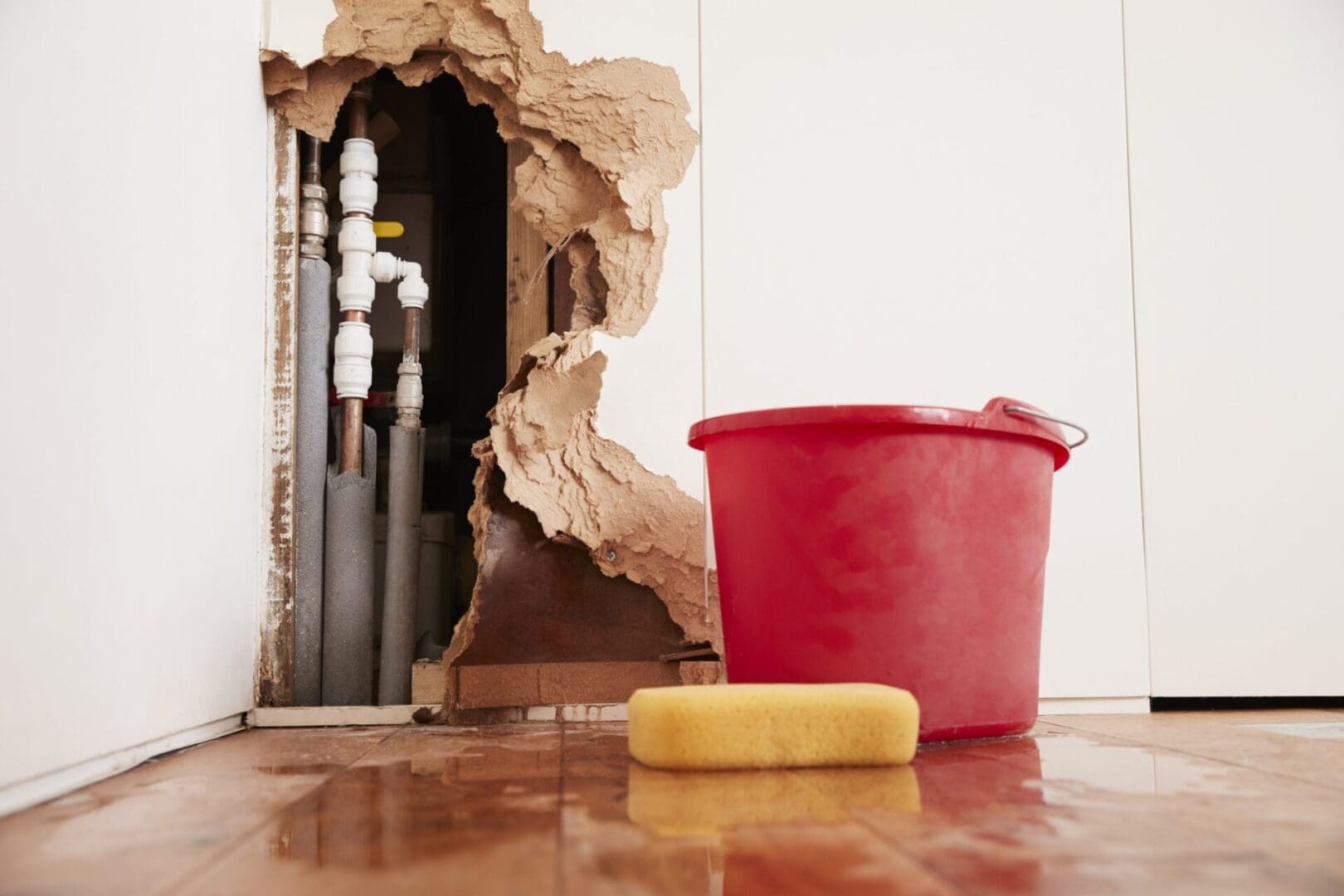
How to Prevent Mold After Water Damage in Grand Rapids: A Step-by-Step Homeowner’s Guide
Table of Contents
Water damage can quickly escalate into a mold disaster if not handled properly. How to prevent mold after water damage is a critical concern for Grand Rapids homeowners, especially with Michigan’s unpredictable weather and frequent basement flooding.
In this practical, expert-backed guide, we’ll walk you through the 7 essential steps to stop mold in its tracks after water intrusion, help you understand the risks of waiting too long, and show you how RAM Restoration’s local water damage pros can keep your home safe and dry.
Why Knowing How to Prevent Mold After Water Damage Matters in Grand Rapids
Mold can start growing in as little as 24–48 hours after water exposure. Whether it’s from a burst pipe, sump pump failure, or storm flooding, acting fast is vital to preventing mold colonies from taking over.
Here’s what Grand Rapids residents need to know: Mold isn’t just unsightly, it can cause serious health problems like asthma, sinus infections, and fatigue, especially in kids, seniors, and people with weakened immune systems.
So if your home just experienced water damage, this guide is for you.
1. Act Fast: Time is Your Enemy After Water Damage
If you’re wondering how to prevent mold after water damage, speed is everything. The longer water sits, the more damage it causes.
- Start drying out the area immediately within the first 24 hours is ideal.
- Remove wet furniture, rugs, and other porous materials.
- Use towels or mops to remove standing water.
Local Tip: In Grand Rapids, basement flooding after snowmelt or heavy storms is common, keep a wet vac handy during rainy seasons.
2. Use Professional-Grade Drying Equipment
Home fans won’t cut it when battling water-soaked materials. Invest in or rent industrial air movers and dehumidifiers.
- Place fans strategically to circulate air.
- Run dehumidifiers continuously for several days.
- Keep windows closed to avoid introducing more humidity.
Pro Tip: RAM Restoration uses moisture meters and thermal imaging to ensure everything is truly dry not just surface-level.
3. Remove and Replace Water-Damaged Materials
If drywall, carpet, insulation, or wood flooring has been saturated for over 24–48 hours, mold has likely started forming beneath the surface.
- Cut out drywall at least 12 inches above the water line.
- Dispose of wet insulation, padding, and carpet.
- Replace with mold-resistant materials where possible.
This is a critical step when addressing how to prevent mold after water damage especially in older homes in Grand Rapids with porous, outdated materials.
4. Disinfect and Clean All Surfaces Thoroughly
After drying, disinfect everything even if it doesn’t look moldy yet. Mold spores are microscopic and can survive on surfaces you wouldn’t expect.
- Use EPA-registered mold-killing products or a mixture of water and white vinegar.
- Don’t mix bleach and ammonia, it creates toxic fumes.
- Wipe down walls, floors, and baseboards thoroughly.
5. Monitor Humidity Levels Inside Your Home
Mold thrives in moisture-rich environments. Your job doesn’t end after cleanup, it’s about long-term prevention.
- Keep indoor humidity between 30–50%.
- Use smart home sensors to alert you when levels rise.
- Check hidden areas regularly: under sinks, in basements, near HVAC units.
Grand Rapids Fact: The city’s humid summers make proper indoor ventilation and dehumidification essential to mold prevention year-round.
6. Schedule a Professional Mold Inspection (Even If You Don’t See Mold)
You may not always see or smell mold, but that doesn’t mean it’s not lurking behind walls or beneath flooring.
- Certified mold inspectors use specialized tools to detect hidden moisture.
- Early detection helps avoid costly structural damage and health issues.
- RAM Restoration offers mold inspections tailored for Kent and Ottawa County homes.
7. Work With a Trusted Local Water Damage Restoration Company
DIY can only take you so far. If the water damage is extensive or if you’re unsure about full cleanup, call the pros.
- Professionals know how to prevent mold after water damage using advanced tools, fast drying methods, and antimicrobial treatments.
- You’ll get peace of mind, insurance documentation, and long-term results.
Signs Mold May Already Be Growing
Despite your best efforts, mold can still sneak in. Watch for:
- Musty or earthy smells
- Peeling paint or bubbling walls
- Respiratory issues in your household
- Dark spots on drywall or ceilings
If you notice these signs, call RAM Restoration for immediate mold remediation.
FAQs: How to Prevent Mold After Water Damage in Grand Rapids
Q1: How quickly does mold grow after water damage?
Mold can start forming within 24–48 hours of water exposure, especially in humid areas like basements.
Q2: Can I clean mold myself after water damage?
You can clean small, surface-level mold spots using vinegar or store-bought cleaners, but large areas should be handled by licensed professionals.
Q3: Will insurance cover mold removal after water damage?
It depends on your policy. Damage from sudden events (like burst pipes) is often covered, while long-term leaks may not be.
Q4: How much does water damage restoration cost in Grand Rapids?
Costs vary depending on the size of the affected area. RAM Restoration provides free estimates and works directly with your insurance provider.
Protect Your Grand Rapids Home with Expert Water Damage Restoration from RAM Restoration
Don’t leave your home’s health and your family’s safety to chance. If you’ve experienced water damage even just a minor leak, call RAM Restoration today.
We’re Grand Rapids’ trusted local partner for:
- Rapid-response water extraction
- Certified mold remediation
- Structural drying
- Insurance assistance
Call now or schedule your free moisture inspection online.
🌐 https://ramrestoremi.com
Stop mold before it starts, RAM Restoration is here to help.

